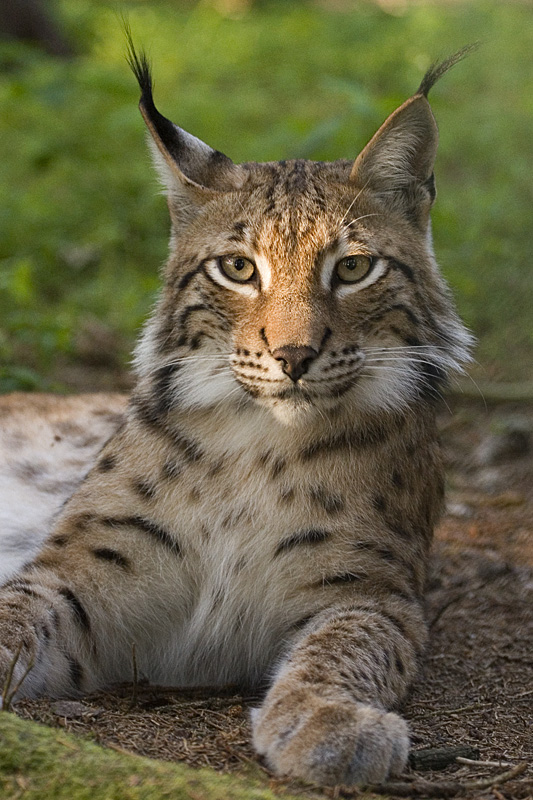Facts About Eurasian Lynx
The lynx is a captivating medium-sized wild cat belonging to the genus Lynx, encompassing four recognized species. The name "lynx" is derived from the Greek word "λύγξ" which highlights the luminescent quality of its eyes. These cats are easily identifiable by their distinctive characteristics: tufts of black hair on the tips of their ears, large padded paws adapted for walking on snow, and long whiskers. Depending on the climate, their body color, fur length, and paw size can vary.
The four extant species of lynx are believed to have evolved from the "Issoire lynx." The largest among them is the Eurasian lynx, which inhabits forests across Europe, Central Asia, and Siberia. In contrast, the Canada lynx is found in the forests and tundra of Canada and Alaska. The Iberian lynx, currently endangered, resides in the Iberian Peninsula in Southern Europe. Lastly, the bobcat is widespread in southern Canada, the continental United States, and northern Mexico.
Lynx are solitary creatures, coming together only to mate in late winter. Female lynx give birth to one to four kittens each year. Their diet is quite diverse, including animals such as deer, hares, fish, foxes, and birds. Lynx prefer high-altitude forests with plentiful shrubs, reeds, and tall grass for cover. They are also adept climbers and swimmers.
The habitat of the Eurasian lynx spans from central and northern Europe across to Asia, and there have been successful reintroduction efforts in regions where they had previously disappeared. In North America, the Canada lynx primarily inhabits the boreal forests of Canada and Alaska.
The lynx holds special significance as the national animal of North Macedonia and Romania. Conservation endeavors have been vital in protecting and increasing the populations of these remarkable animals.

 Mongolia
Mongolia